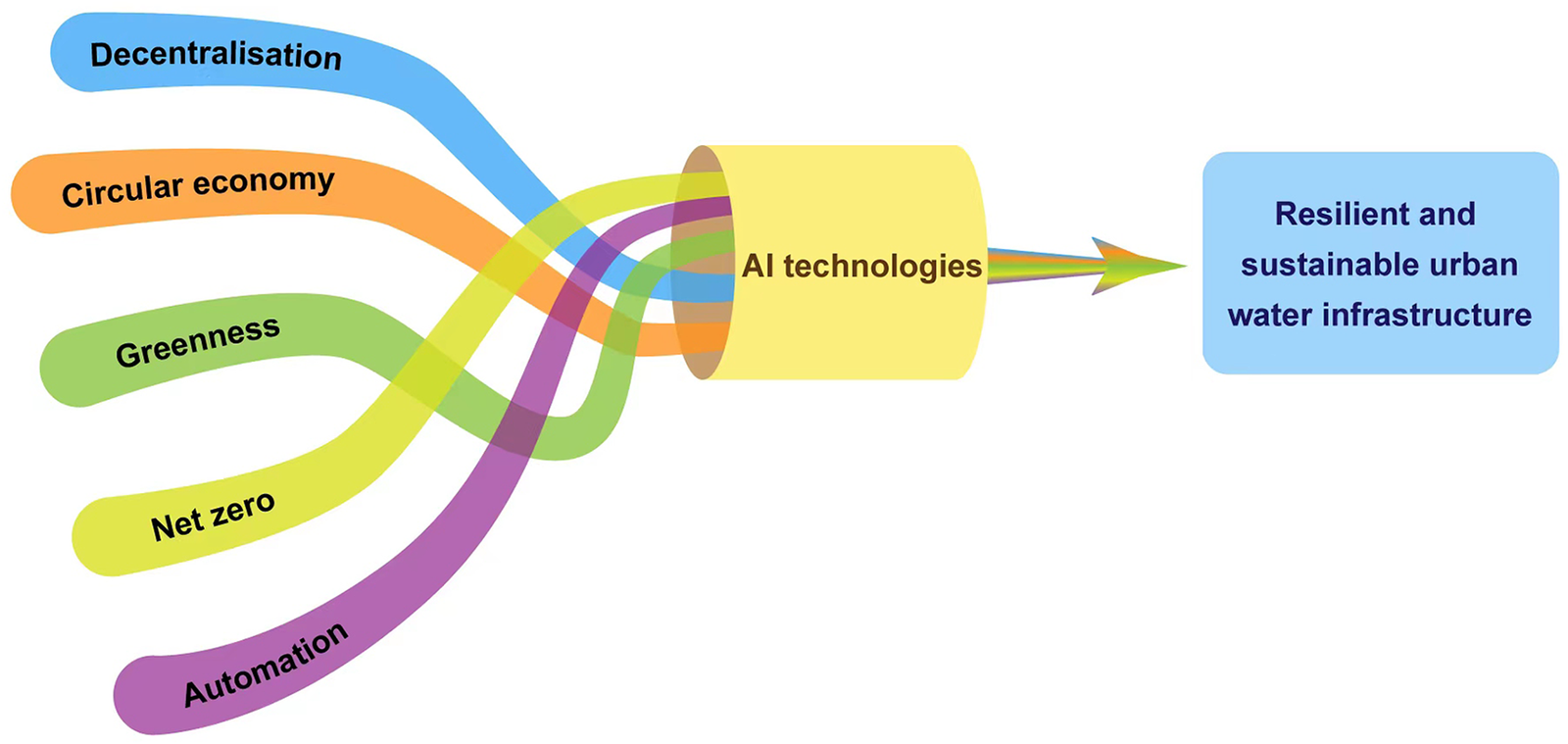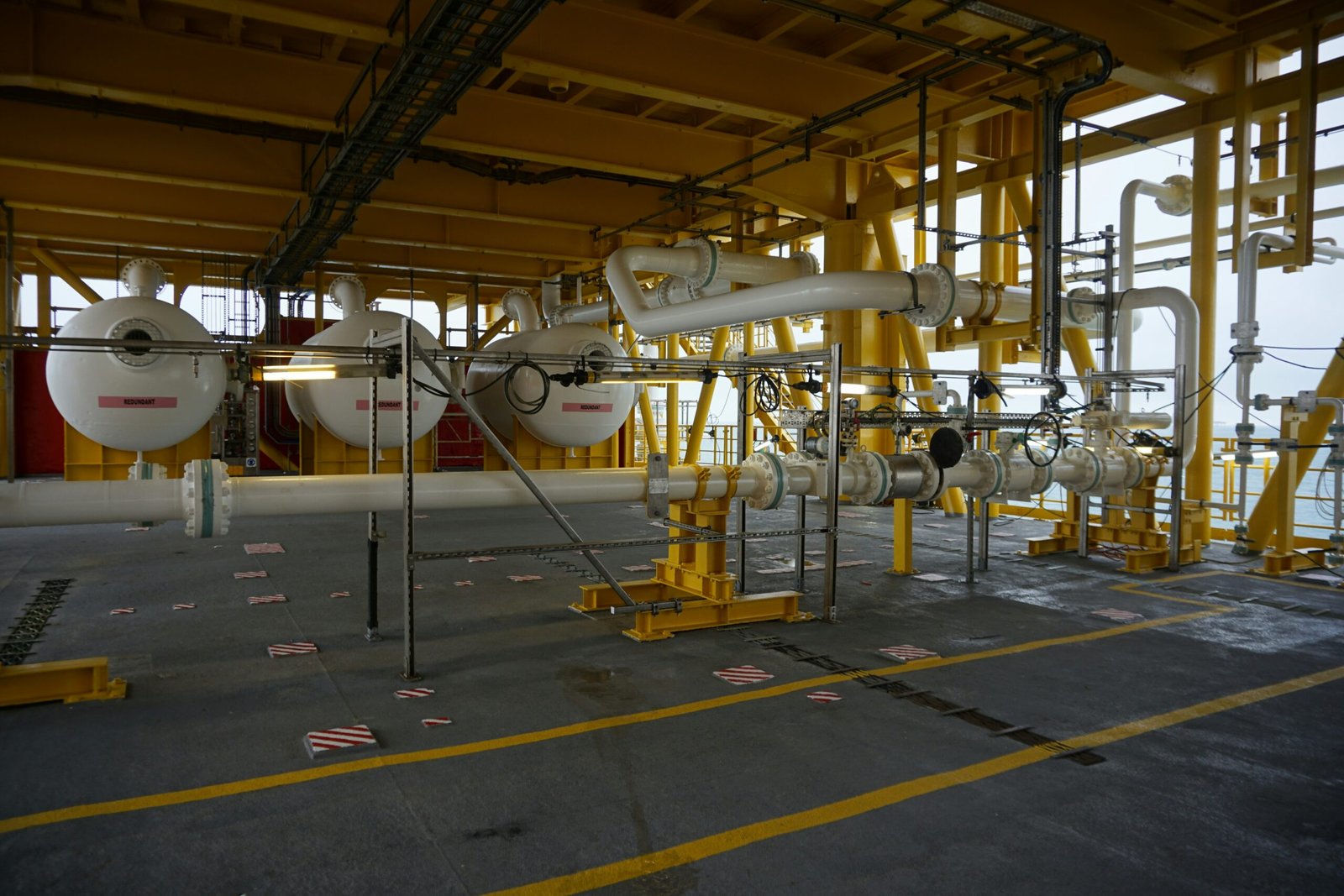Understanding Process Workflow Optimization
Process workflow optimization refers to the systematic improvement of operational procedures, ensuring that activities are executed efficiently and effectively. This concept is integral in various sectors, including manufacturing, healthcare, finance, and information technology. By analyzing and refining the steps involved in a process, organizations aim to streamline operations, eliminate redundancies, and enhance overall performance.
The primary goals of optimizing workflows include increasing efficiency, reducing operational costs, and boosting productivity. Efficiency is achieved by minimizing the time and resources required to complete tasks, while cost reductions come from eliminating unnecessary steps and consolidating activities. Enhancing productivity often involves empowering employees to focus on high-value tasks, thereby maximizing their potential and the output of the organization as a whole.
Traditionally, organizations have employed various methodologies for workflow optimization, such as Lean Six Sigma, Total Quality Management (TQM), and Business Process Reengineering (BPR). These techniques rely heavily on manual data collection and analysis, which can be time-consuming and prone to human error. As a result, organizations often face challenges in identifying bottlenecks, forecasting outcomes, and implementing changes rapidly without disrupting existing processes.
The advent of advanced technologies has transformed the landscape of process workflow optimization. The integration of artificial intelligence (AI) and machine learning has enabled businesses to analyze vast amounts of data in real-time, identify patterns, and predict potential inefficiencies. This shift not only enhances decision-making but also empowers organizations to respond swiftly to market changes and operational demands, ultimately paving the way for sustained competitive advantage.
The Role of AI in Workflow Optimization
The integration of artificial intelligence (AI) into organizational processes is increasingly recognized as a crucial factor for achieving efficiency and effectiveness. AI technologies, including machine learning, natural language processing (NLP), and robotic process automation (RPA), have the potential to fundamentally transform workflow optimization across various industries. These tools enable organizations to streamline operations, enhance decision-making, and foresee workflow-related challenges, facilitating a smoother operational performance.
Machine learning plays a vital role in workflow optimization by analyzing large volumes of data to identify patterns and trends that might not be evident to human operators. By leveraging historical data, machine learning algorithms can make predictions about potential bottlenecks or delays, allowing organizations to proactively address these issues before they escalate. For instance, logistics companies can utilize machine learning to optimize routing and inventory management, improving delivery times and reducing operational costs.
Natural language processing contributes significantly to workflow optimization by enabling systems to understand and interpret human language. This technology can be applied in customer service operations, allowing businesses to automate responses to common queries through chatbots. By doing so, companies not only improve response times but also free up human agents to focus on more complex tasks, thus enhancing the overall workflow efficiency.
Robotic process automation also plays a critical role in optimizing workflows by automating repetitive tasks that are traditionally completed by humans. This allows organizations to reduce human error and increase processing speed. For example, financial institutions have successfully implemented RPA to streamline the processing of transactions and documentation, which has resulted in quicker turnaround times and improved accuracy.
In summary, the effective integration of AI technologies into business processes can drive significant improvements in workflow optimization, leading to enhanced operational efficiency and better decision-making across various sectors. As organizations continue to embrace these advancements, the potential for innovative workflow solutions will only grow, promising a future of heightened productivity and success.
Benefits and Challenges of Implementing AI in Workflows
The integration of artificial intelligence (AI) into business workflows presents a myriad of advantages that can significantly enhance organizational efficiency. One of the primary benefits is improved operational efficiency. AI can automate repetitive tasks, allowing employees to focus on higher-level functions that require creativity and critical thinking. This not only accelerates workflow but also elevates employee morale as they engage in more meaningful work. Furthermore, AI’s capability for data analysis enables better resource allocation by identifying patterns and trends, facilitating informed decision-making.
Another notable benefit is the potential for enhanced customer satisfaction. AI tools can streamline customer interactions through chatbots and virtual assistants, providing quick and accurate responses to inquiries. This immediate support can lead to higher customer retention rates and loyalty, as clients appreciate timely assistance. Moreover, AI-driven analytics provide insights into customer preferences, allowing organizations to tailor their products and services more effectively.
However, the implementation of AI within workflows is not without challenges. Data security is a significant concern, as organizations must safeguard sensitive information from breaches. The reliance on AI systems necessitates a robust cybersecurity framework to mitigate risks associated with data handling. Additionally, there’s a critical need for employee training. Workers may feel apprehensive about adopting new AI technologies, which could lead to resistance. Providing comprehensive training programs will be essential to ensure that employees are comfortable and proficient with the new systems.
Lastly, the integration of AI into existing processes can pose logistical challenges. Organizations may need to invest time and resources to align AI functionalities with current workflow systems, which can disrupt operations if not managed carefully. Thus, while the benefits of AI in workflows are substantial, addressing these challenges is crucial to ensuring a successful transition to a more AI-driven operational model.
Future Trends in AI and Workflow Optimization
The landscape of artificial intelligence (AI) is rapidly evolving, and its influence on process workflow optimization is set to grow significantly in the coming years. One of the most anticipated advancements is the rise of autonomous systems. These systems are designed to operate independently, learning from their environment and experiences to make informed decisions without human intervention. As autonomous AI becomes more integrated into business processes, organizations can expect enhanced efficiency and reduced operational costs, allowing them to redirect resources toward strategic initiatives.
Another key trend is the advancement of predictive analytics. By leveraging machine learning algorithms, organizations can analyze vast amounts of data to forecast future trends and behaviors. This capability enables businesses to make proactive adjustments to their workflows, optimizing processes before issues arise. Predictive analytics assists in identifying bottlenecks and inefficiencies within workflows, allowing for timely interventions that enhance overall productivity and operational effectiveness.
Moreover, the evolving relationship between humans and AI in the workplace cannot be overlooked. As AI systems become more sophisticated, they will increasingly complement human efforts rather than replace them. This collaboration can lead to a hybrid work model, where AI handles repetitive tasks, freeing human employees to focus on more complex and creative problem-solving. Understanding this shift will be crucial for organizations aiming to harness the full potential of AI. Developing a workforce skilled in collaboration with AI systems will ensure that businesses remain competitive in an ever-changing market landscape.
In our rapidly advancing digital age, staying informed about these emerging trends in AI and workflow optimization is essential for organizations. By embracing these developments, companies can adapt their processes effectively, ensuring they remain at the forefront of innovation and efficiency.










